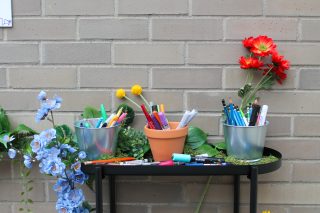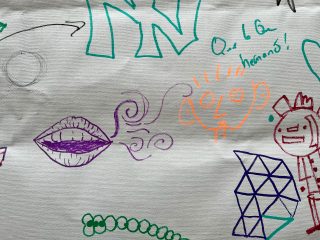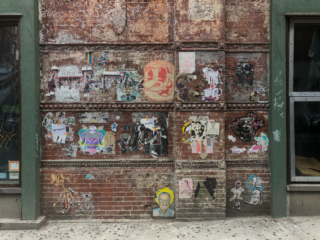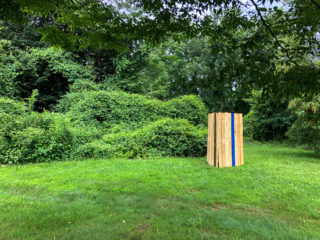The following text comes from the recent ArtAround publication, Analysis: San Francisco, a 25-page report based on manually compiled and indexed data on 534 artworks documented across the 7×7 square miles of the city, in a documentary endeavor I conducted (and previously wrote about here) between June 2013 and May 2015.
The report offers charts and data on the Where, Who, What, How, and When of these 534 public artworks.
Download the report here
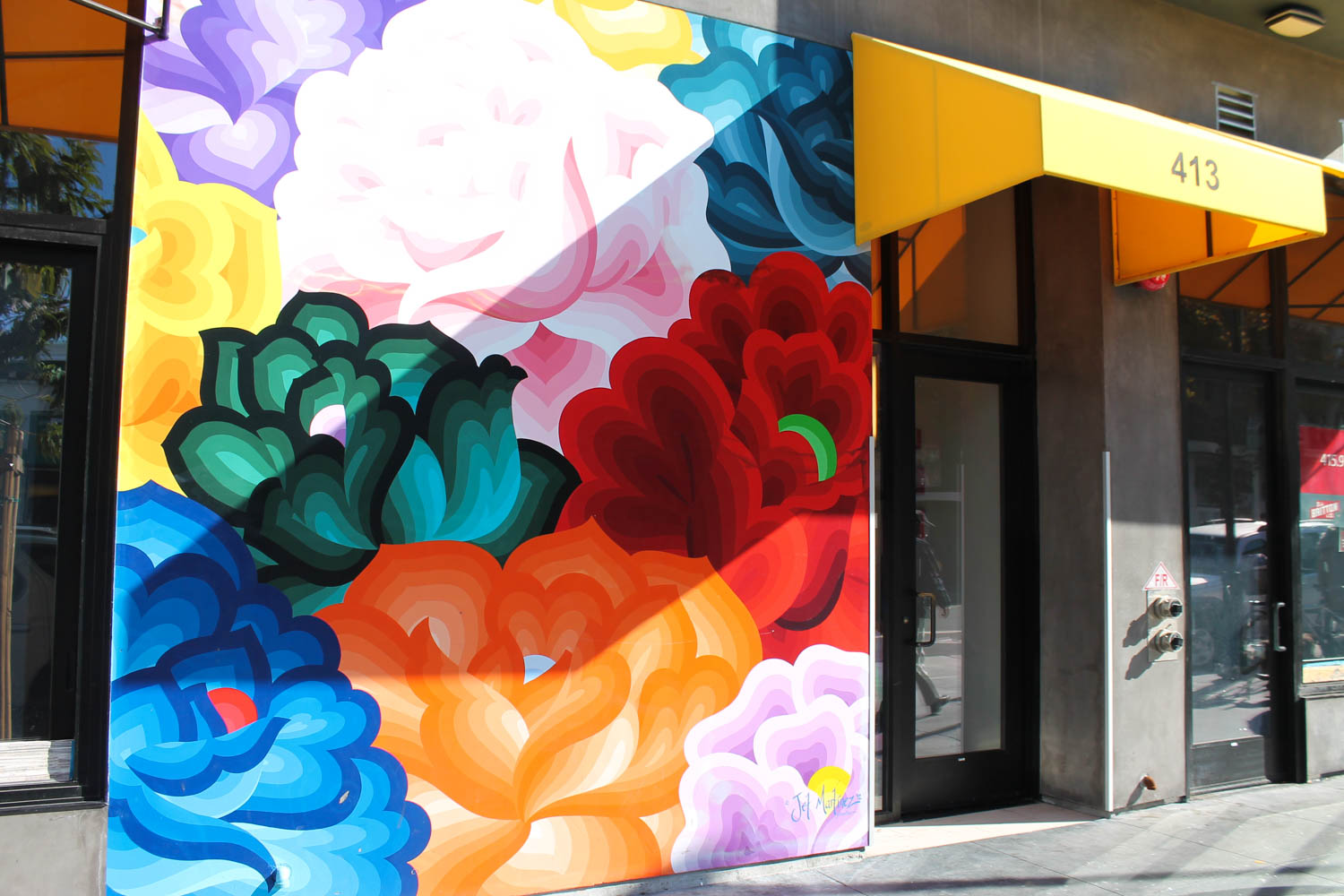
An introduction & disclaimer
When I first began documenting art in public spaces, I had very naive notions about my power to capture, represent, and analyze the art I came across. My goal was to create a cohesive, comprehensive look at who our public art represents, who is allowed to create and install it, and what it says about the communities it exists within.
The fact that I’m writing this in the year 2020—when this project of documenting San Francisco’s art began in 2013— speaks to the sheer unsustainability of this process of
collecting, documenting, and synthesizing information about public art, at least as I had originally conceived it.
Of course, the process I first came up with was unnecessarily tedious, even if it was intended to be incredibly comprehensive. Beginning in the northeast corner of San Francisco’s 7×7 square miles (which seemed manageable at the outset!), I started “walking” down each street on Google Street View, noting murals, sculptures, and other public art interventions as I “saw” them. Then, once a neighborhood was virtually trekked, I’d take the ferry in from Vallejo and comprehensively document the art I’d found on Street View. When it had been months and I was still in the Marina District, I realized I had to switch things up if this project was ever going to have an end-date.
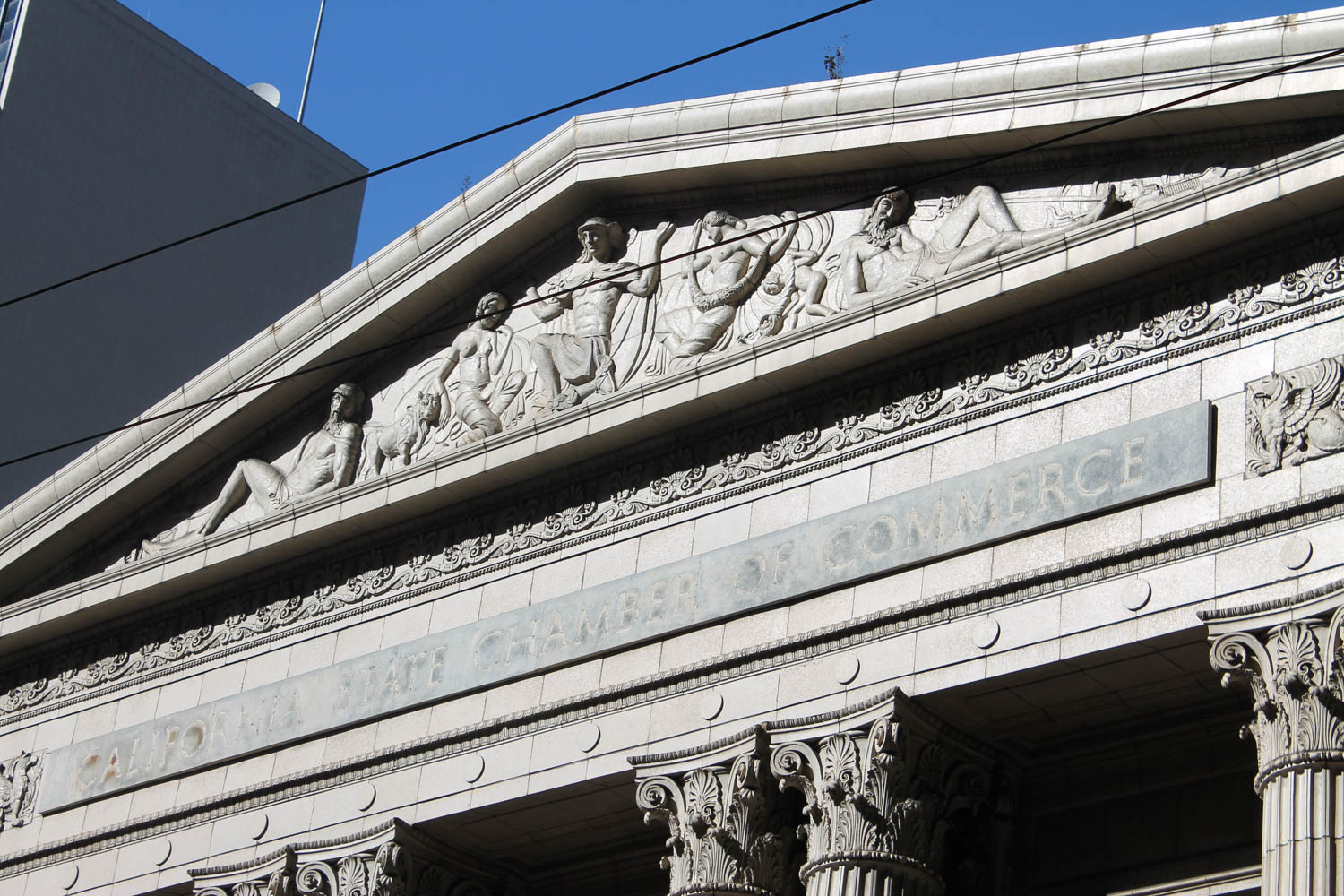
About a quarter of the way into documenting the art of this urban peninsula, I changed things to a research-first method, finding art hotspots through Google searches and only using Street View for spot-checks or to check for art in places where you frequently find it—like parks or busy intersections.
This process was similar in that I was charting out art to find, and going out and documenting it as comprehensively as its current context allowed for. Unfortunately there were often parked cars blocking the largest, most beautiful murals, and I encountered a really troubling connection between public art and the city’s homeless population. I’d find the housing- insecure sleeping or with temporary homes set up in front of murals, and did my best to document what I could while maintaining the privacy of the person who had chosen this site intentionally as a place for shelter.

After documenting the artworks, there’d be a subsequent research phase on what I found out in the real world, so that the process in total consisted of “research-photograph- research” — including the additional layers of photo editing and taxonomic application, as I began developing a methodology around a tagging system that allowed for the distinction between an artwork’s content, function, site of installation, and other forms of categorization.
When the eastern half was complete, I learned that I’d be returning to the East Coast for grad school the following fall, so I started expediting the documentation process. The art in the Mission took so much longer to document than any other neighborhood—practically every street had something to say—so being met with that sheer volume halfway through the project slowed me down. I was overwhelmed, but elated. This amount of art, the number of artists it takes to create a neighborhood like the Mission, the joy in the visitors and residents in traveling to and living within what is essentially an open-air museum—it told me I was not alone. There were others who saw every spare wall as canvas, as an opportunity to say something that needed saying. And although I had never felt like I had something to say that would have been deserving of that space, I was fascinated by those who did, and by the artifacts—sometimes completely untraceable, at least online—that they left behind.

While this gives you some insight into my motivations for beginning this work, the comparatively small number of individual artworks (534) documented during my time in San Francisco, the continued changes in methodology in finding work, and the limited amount of research that could be done online for each artwork and artist, indicates that this project’s culmination isn’t at all what I’d originally set out to create. Instead, what you’ll find in the pages to follow is an imperfect snapshot of the public art one person was able to find across the two years that she called the City by the Bay home—a moment in time, and an attempt to categorize and calculate public visual expressions across all methods and means of creation.
What comforts me though, is that I don’t think it would ever be possible for me to truly complete this project. It’s definitely not something I could ever do alone, and for more than a single, temporary snapshot, decades—not years—are needed in a place practically exploding with so much creativity. Download the report here.
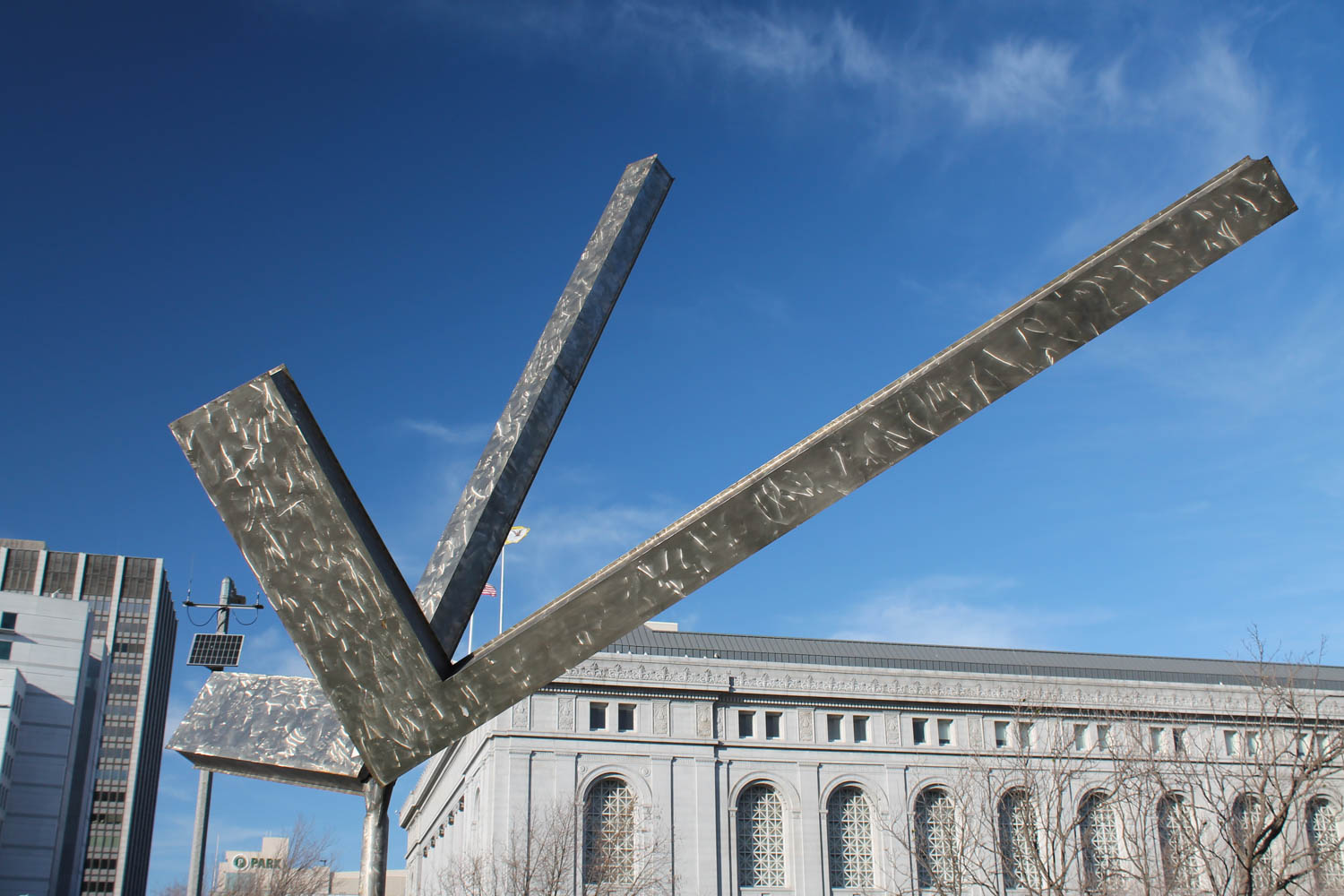
Closing findings
After documenting and researching these 534 works, none of what’s revealed in this analysis was surprising. Most works are figurative and commissioned—we prefer art that reflects idealized versions of ourselves and our past back at us. Most works are blue and gold, depicting skies and scenes full of sunshine that are recognizable and comforting. This leads me to understand public art’s majority function as one of societal comfort—a continuation of its history as bronze expressions of monumental power.
What did surprise me was the volume and frequency of public art’s continuous creation—if you cast a wide net and recognize the smallest interventions as their own artworks. Public space is public canvas, in San Francisco, and everywhere we choose to see it.
Download the report here
Featured image: Colette Crutcher’s Tonantsin Renace (Tonantsin Reborn) (1998) on 16th at Sanchez Street.


